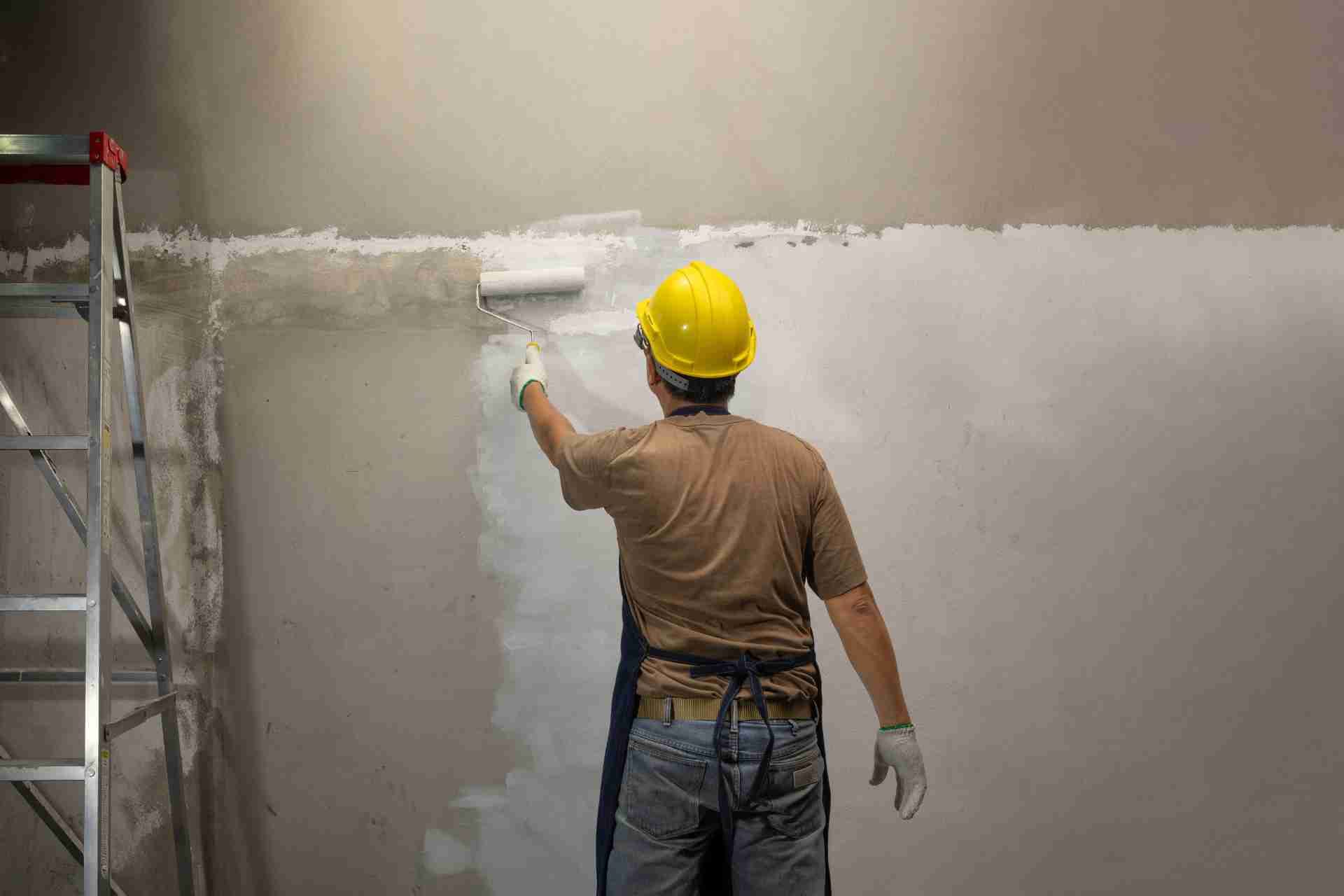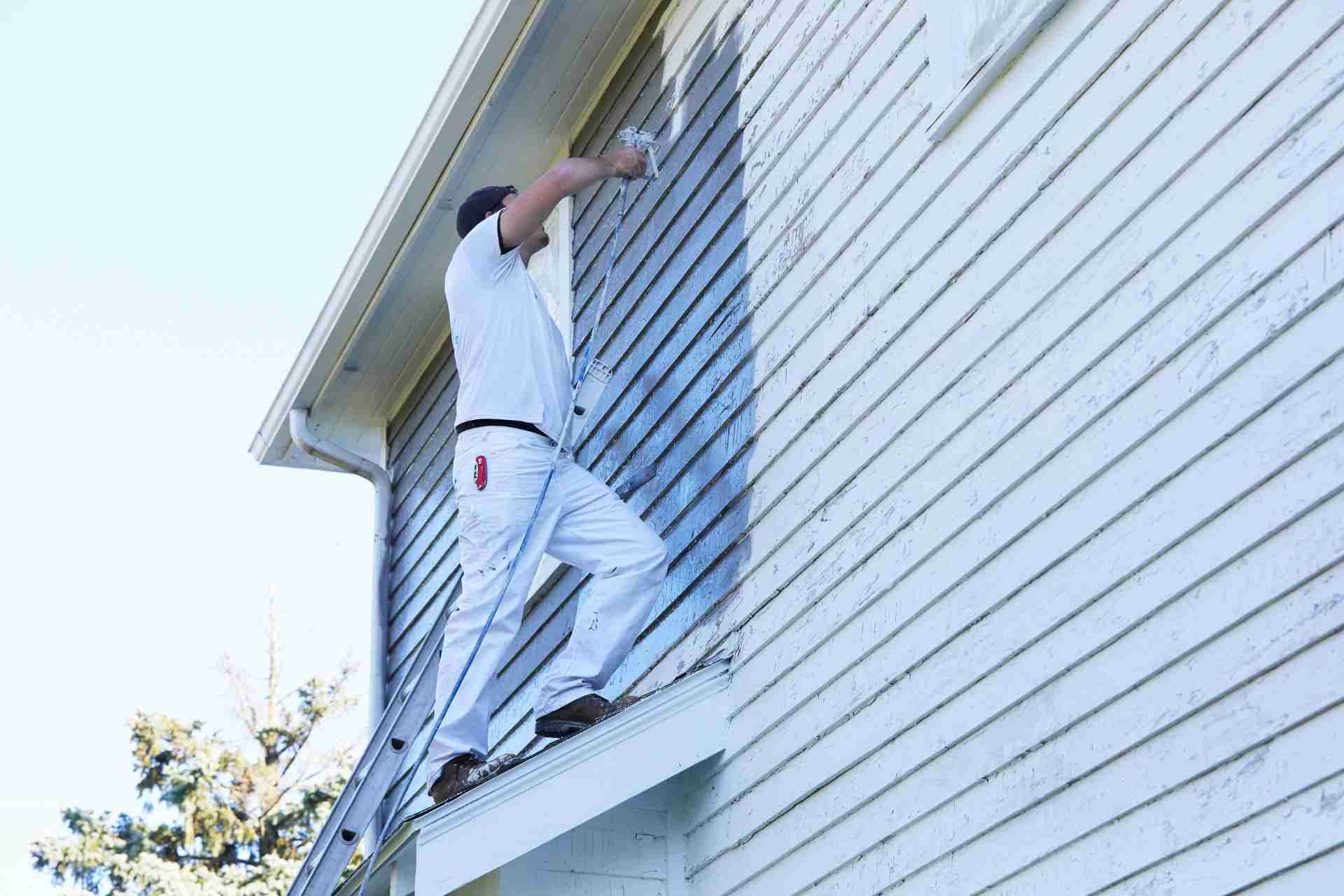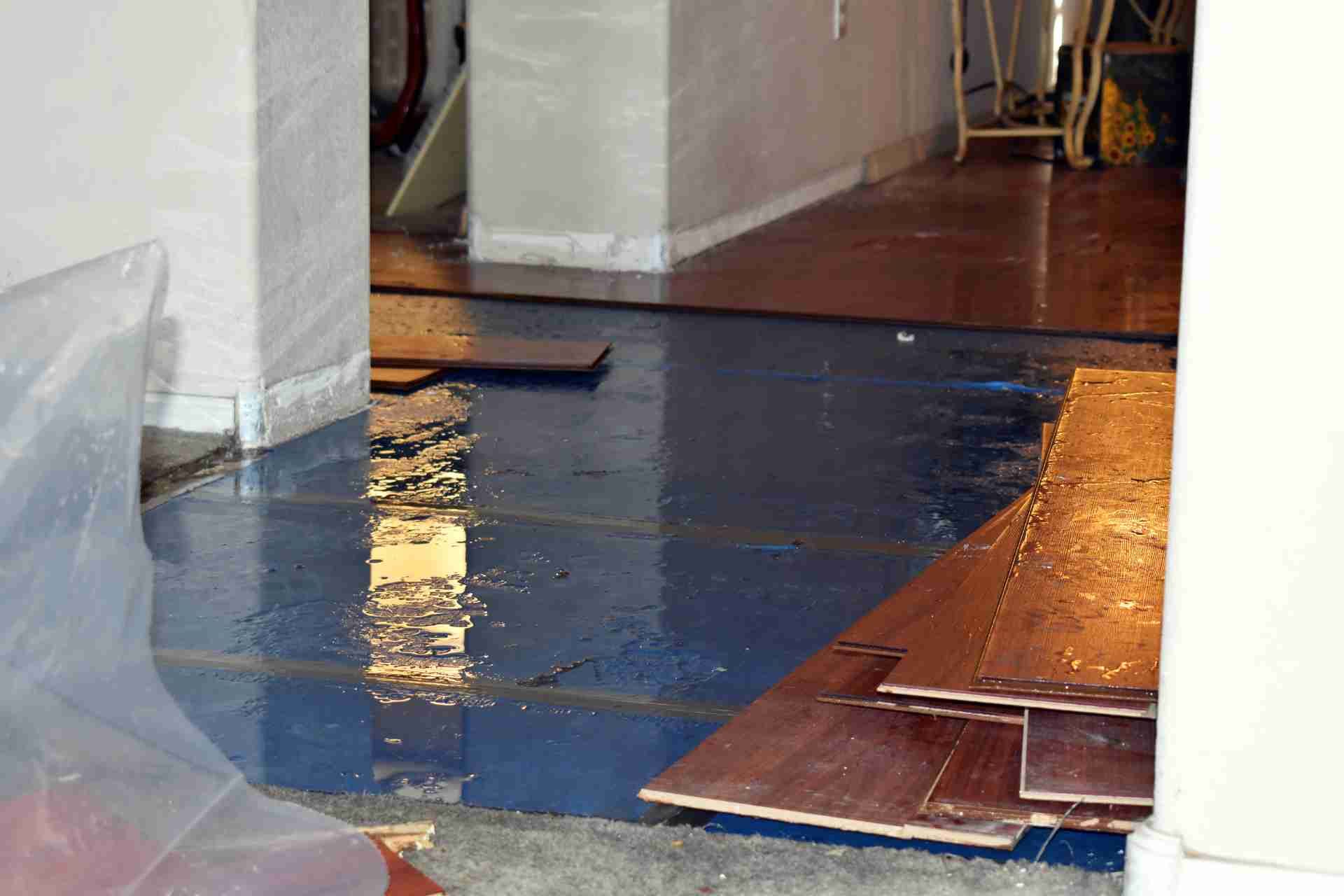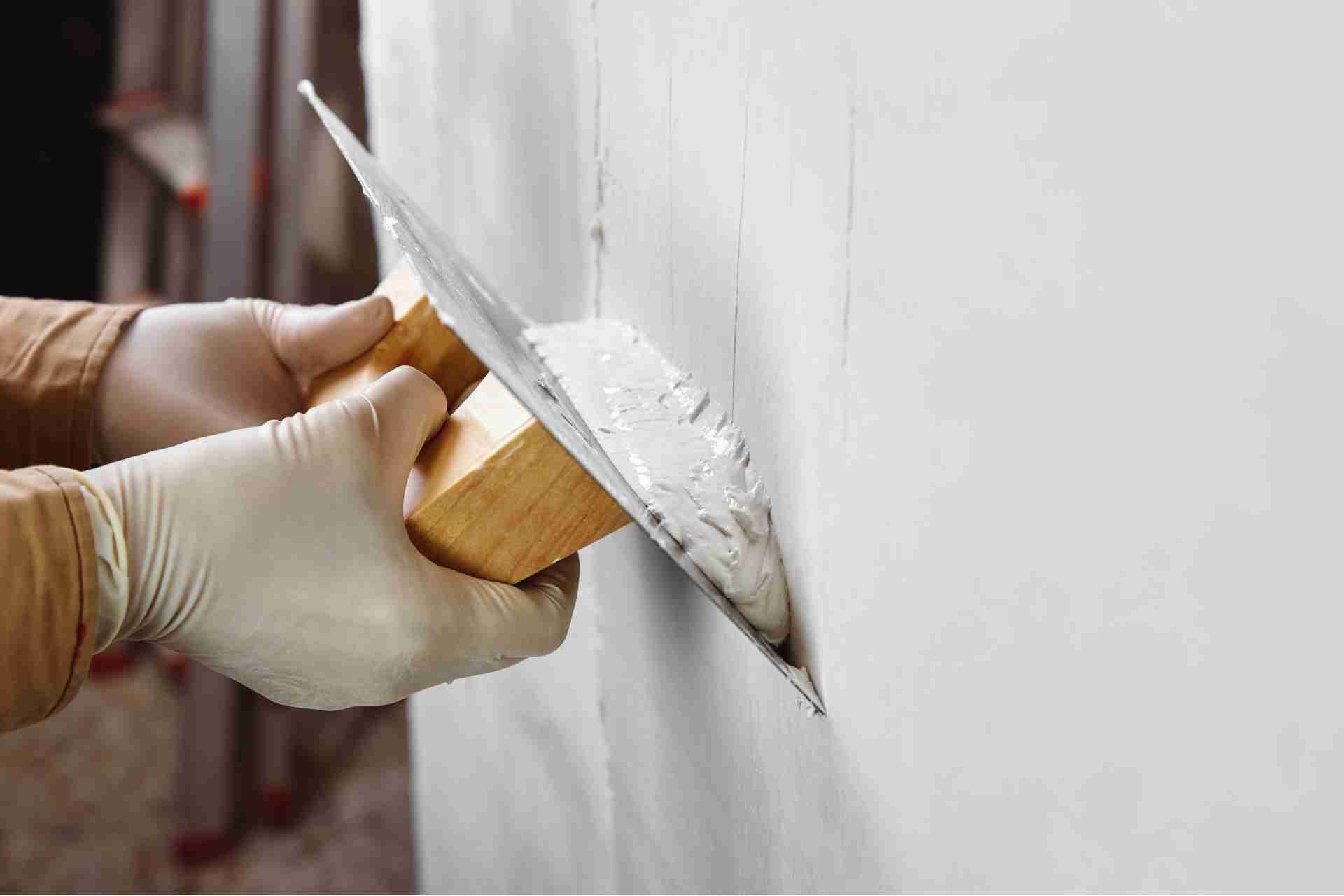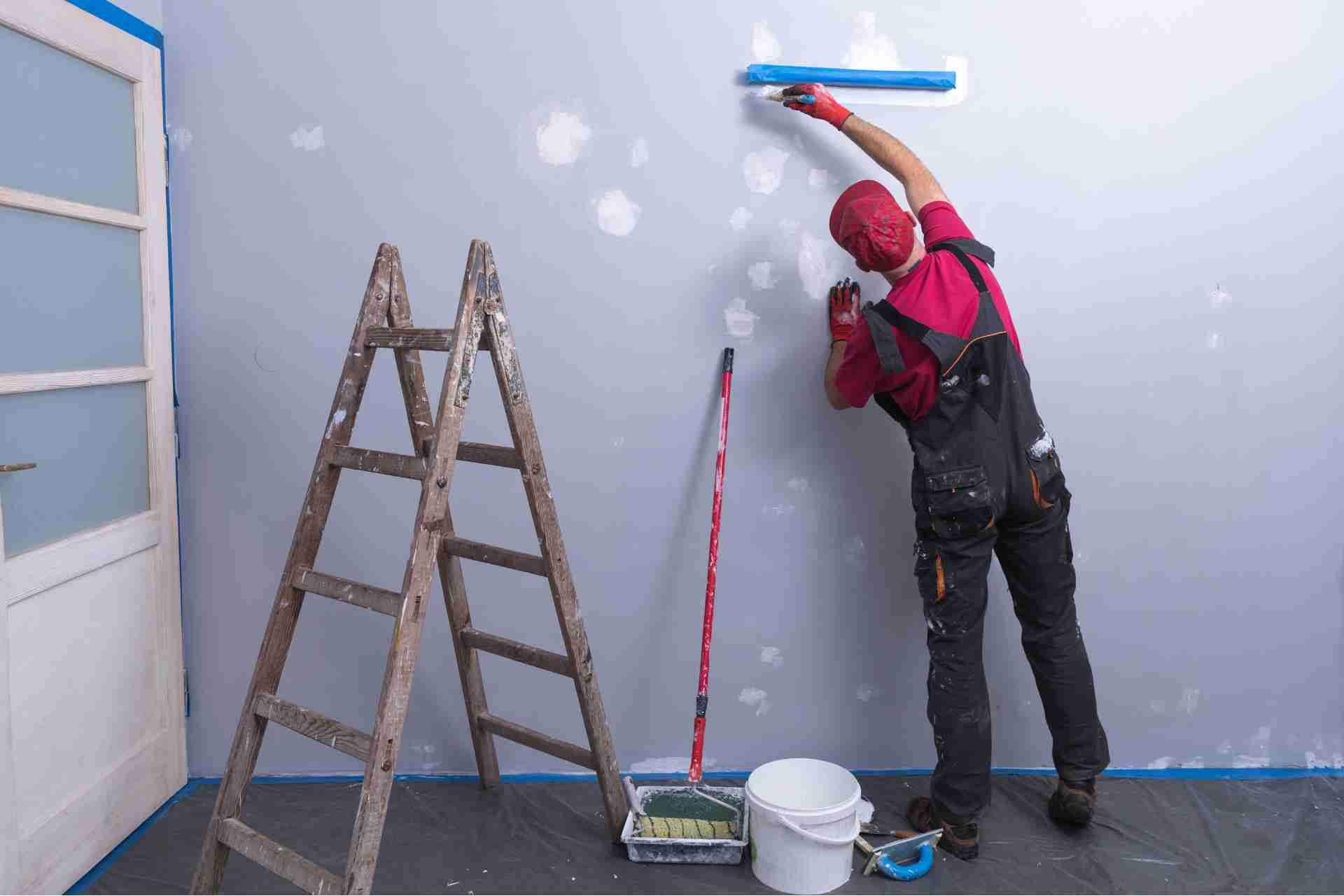Types of Paints and Its Applications

Paint is an essential material that is used in various industries and applications. It is not only used for beautifying surfaces but also for protection and marking. But you ever wondered why certain paints are favored for specific projects over others?
Painting is a popular way to enhance the appearance of a surface, whether it be a wall, furniture, or a piece of art. There are many types of paints available on the market, each with its own unique characteristics and applications.
From the versatility of acrylics to the richness of oil paints, and the delicacy of watercolors to the durability of enamel, each paint has its own unique traits that cater to different artistic needs.
Understanding these distinctions can elevate your creative endeavors and bring new life to your projects.
Acrylic Paint: Versatile and Vibrant
Acrylic paint, known for its versatility and vibrant colors, is a popular choice among artists for its quick drying time and easy clean-up. When it comes to versatile techniques, acrylic paint offers a wide range of options. You can dilute it with water to create translucent washes, layer it for depth and texture, or even use it impasto for bold, textured effects. The vibrant colors of acrylic paint are another reason why artists are drawn to this medium. With a vast selection of hues available, you can easily mix colors to achieve the perfect shade for your project.
One of the benefits of working with acrylic paint is its fast drying time. This allows you to build layers quickly without having to wait long periods between applications. Additionally, if you make a mistake, acrylic paint can be easily painted over once it's dry. The easy clean-up of acrylic paint with just soap and water makes it convenient for artists looking to minimize mess and simplify their creative process.
Oil Paint: Rich and Long-Lasting
Rich in color and known for its long-lasting properties, oil paint offers a traditional yet timeless medium for you to explore your creativity and achieve depth in your artwork. When working with oil paint, brush techniques play a crucial role in creating various textures and effects. Experiment with different brush strokes to add dimension to your project. Additionally, mastering color mixing is essential in oil painting to achieve the desired shades and hues for your project.
Before starting your oil painting, ensure proper surface preparation for the best results. Priming your surface with gesso and allowing it to dry thoroughly will help the paint adhere better and prevent deterioration over time. Once your painting is complete and fully dried, consider varnishing it to protect the colors and enhance the overall appearance. Varnishing not only adds a protective layer but also brings out the richness of the oil paint, giving your project a professional finish.
Watercolor Paint: Transparent and Delicate
Watercolor paint, known for its transparent and delicate qualities, offers a unique and versatile medium for artistic expression. When using watercolors, mastering various techniques can greatly enhance your artwork. One such technique is called wet-on-wet, where you apply paint to a wet surface, allowing colors to blend seamlessly. This method is perfect for creating soft transitions and ethereal effects in your projects. Another essential technique is dry brushing, which involves using minimal water to achieve more defined brushstrokes and textures.
Color mixing is a fundamental aspect of working with watercolors. By blending different hues directly on paper or a palette, you can create a myriad of colors and tones. Understanding color theory, such as complementary and analogous colors, will help you achieve harmonious and visually appealing results. Remember, watercolors dry lighter than they appear when wet, so it's essential to test your mixtures before applying them to your artwork.
Mastering these techniques and color mixing principles will allow you to fully explore the delicate and transparent nature of watercolor paint, unlocking endless possibilities for your artistic endeavors.
Enamel Paint: Durable and Glossy
Known for its durable and glossy finish, enamel paint provides a versatile and long-lasting option for various applications. Enamel paint is chip resistant, ensuring a smooth finish that lasts over time. This durability makes it an excellent choice for high-traffic areas in your home or commercial spaces where frequent cleaning or contact is expected.
Moreover, enamel paint is particularly suitable for outdoor surfaces due to its resistance to harsh weather conditions. Whether you're painting your exterior walls, doors, or fences, enamel paint can withstand exposure to sunlight, rain, and snow without losing its vibrant color or glossy sheen. Its ability to maintain its finish even in challenging outdoor environments makes it a popular choice for homeowners and professionals alike.
When looking for a paint that not only looks great but can also stand the test of time, enamel paint is a reliable option that delivers both aesthetic appeal and durability.
Latex Paint: Easy to Use and Quick-Drying
If you're looking for a paint that's easy to use and quick-drying, Latex Paint is a top choice for your next project. Latex paint is particularly well-suited for painting interior walls and exterior trim. One of the main advantages of latex paint is its water-based formula, making it easy to clean up with soap and water. This feature not only simplifies the painting process but also makes it a more environmentally friendly option compared to oil-based paints.
When painting interior walls, latex paint offers a smooth and even finish that dries quickly, allowing you to apply multiple coats in a shorter amount of time. Additionally, latex paint is known for its durability and resistance to cracking or fading over time, ensuring that your walls maintain a fresh look for years to come.
For exterior trim, latex paint provides excellent adhesion to various surfaces, including wood, metal, and vinyl. Its quick-drying nature is especially beneficial when working outdoors, as it helps prevent dust and debris from sticking to the fresh paint. Overall, latex paint is a versatile and convenient option for both DIY enthusiasts and professional painters.
How Pine Tree Painting can help?
Choosing the right type of paint for your house is essential to achieving a beautiful and long-lasting finish. With
Pine Tree Painting, you can rest assured that you are getting expert advice and professional services that will bring your vision to life.
Contact us today to learn more about how we can help you select the best type of paint for your house and transform your space into a stunning masterpiece.



